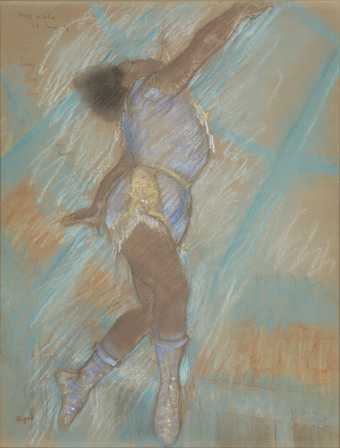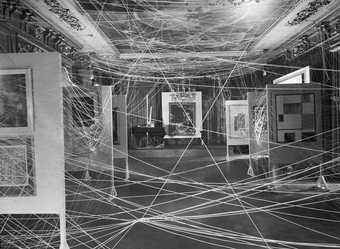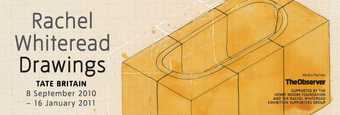
Eva Hesse
Untitled
(1967)
Tate
Ink, pencil, crayon, charcoal and chalk are the most commonly used materials, but drawings can be made with or in combination with paint and any other wet or dry media.





















